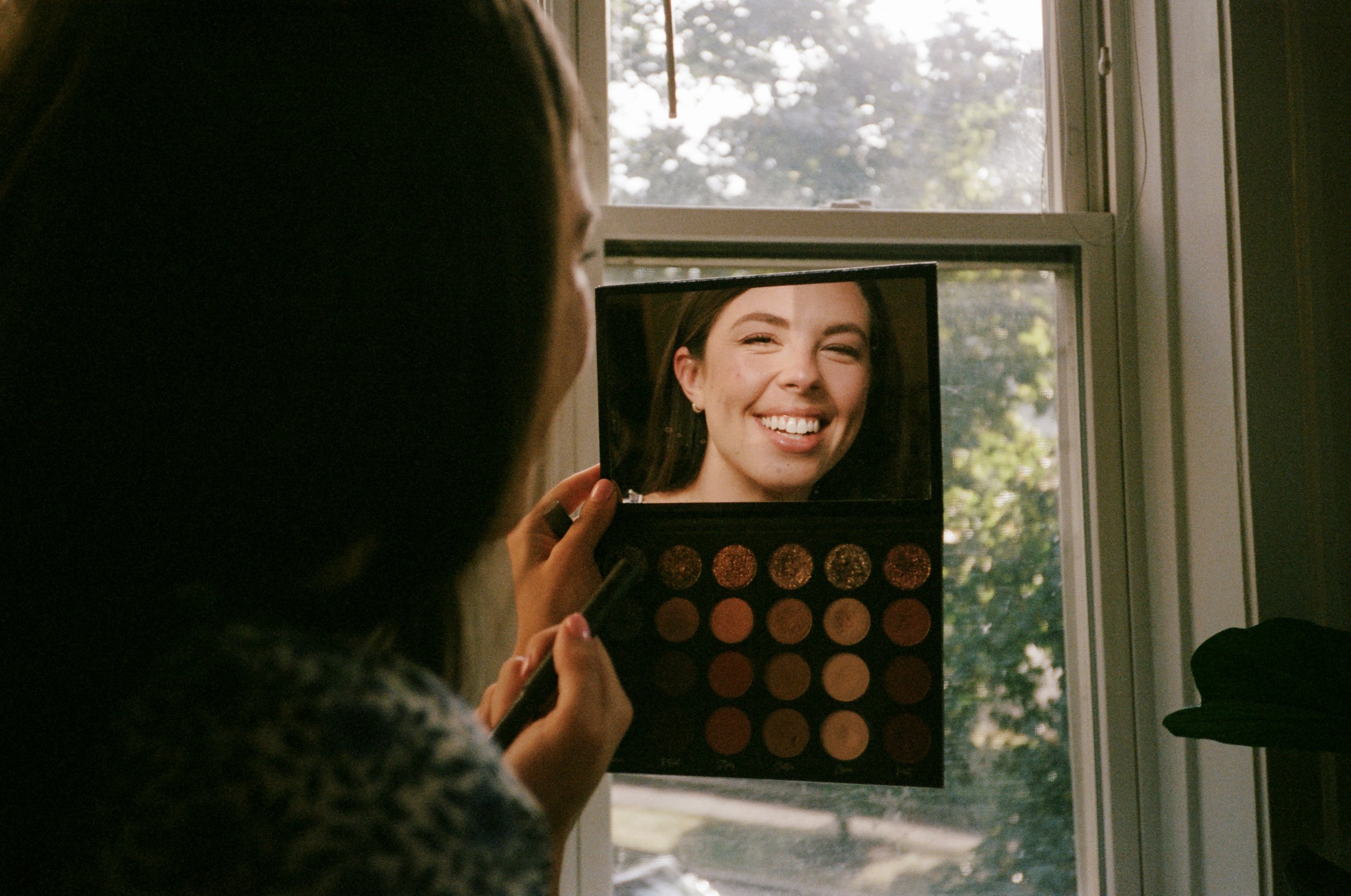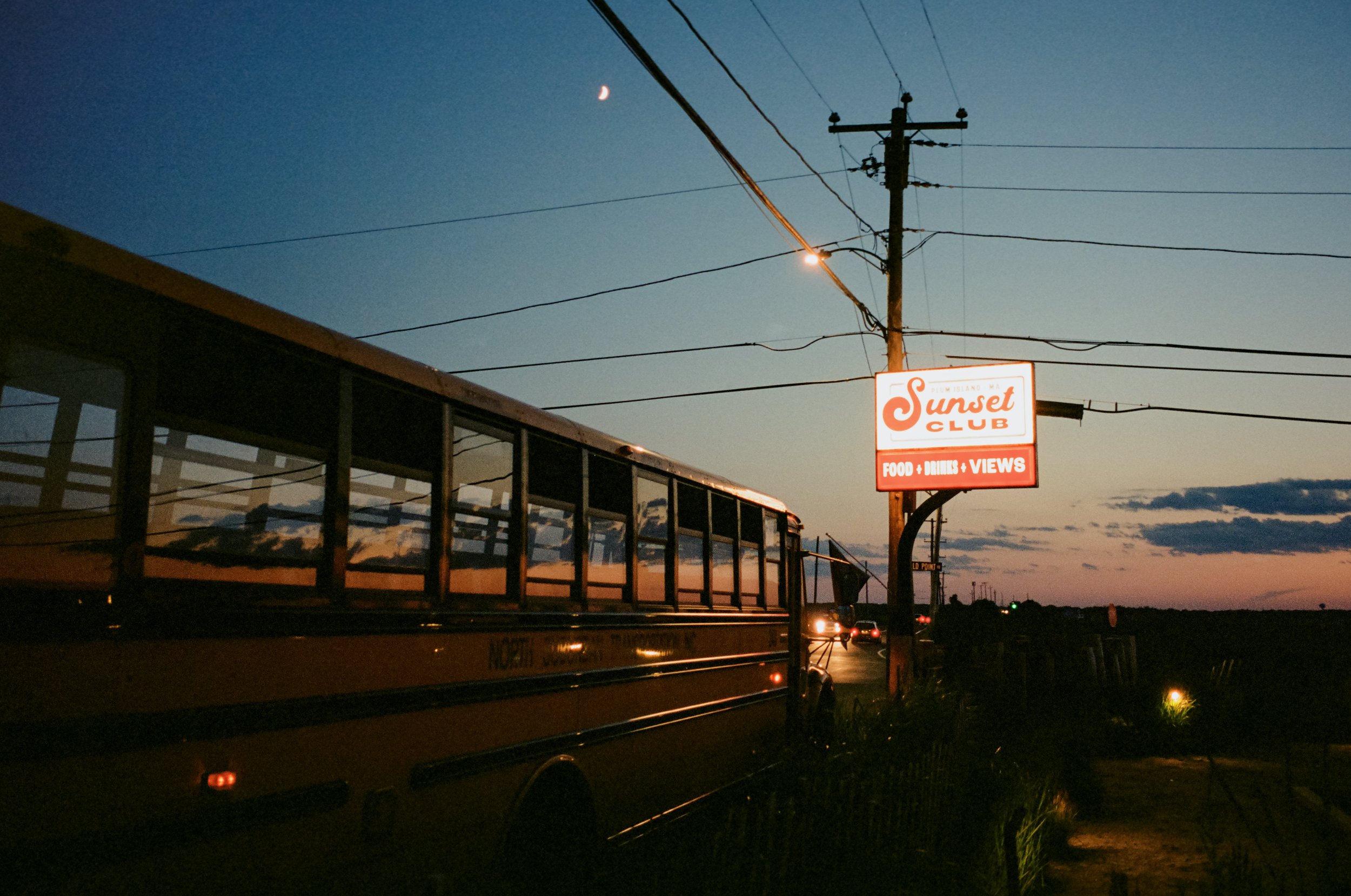Nice Film Club
This “Netflix” of film labs has the best price and best quality I’ve ever seen.
Over the last three years, I’ve shot hundreds and hundreds — maybe close to 1,000? — rolls of film. In that time, I’ve experimented with dozens of different combinations of techniques to get a final digital image. Developing and scanning in-house, using pro scanners, flatbeds, and camera scanning setups, outsourcing just the development to a few different labs, outsourcing just scanning to a few labs, sending EVERYTHING to labs; I’ve tinkered with the process quite a bit.
I say all of that to emphasize this: after three years of experimentation, I’ve finally found a solution that suits my workflow best — Nice Film Club.
All of the images in this article were developed and scanned by Nice Film Club, and edited further by me in Lightroom.
I’ve been working with Nice for the last 9 months, and have absolutely loved the results I’ve gotten from them. The video above was sponsored by them (unlike this article that I’m writing), and I had free rein to say and do whatever I wanted. If you want to sign up for a membership with Nice, you can use my code “STEVEN20” at checkout to take $20 off of whatever plan you’d like. The code is limited to 20 uses, and I don’t know how many times it’s already been used, but you’re welcome to try it and save yourself a bit of cash. I don’t get any kickback when you use this code — it’s truly just for you.
Leica M6 + 28mm Elmarit ASPH & Kodak Portra 400
Leica M6 + 28mm Elmarit ASPH & Kodak Portra 800
Leica M6 + 28mm Elmarit ASPH & Kodak Portra 800
Quality
Seems like a pretty good place to start, yeah? Nice uses a Noritsu HS-1800 to create up to 16-Bit TIFF scans. These scans range from 150-180mb each, typically measure around 6,700 pixels on the long edge, and provide tons of editing flexibility in post. The scans themselves are pretty flat right out of the box, which I think a lot of photographers (myself included) will enjoy, as it gives you precise control over the final image. And because of all that 16-Bit color, there’s plenty of headroom to edit without deteriorating the image.
Of course, JPEGs are also provided, so if you would prefer to have a smaller file, they are available alongside the TIFFs.
Scan directly from Nice
Scan directly from Nice
Scan directly from Nice
Scan w/ my edits
Scan w/ my edits
Scan w/ my edits
The other enormous benefit of sending film off to get high-res scans from a lab is that I don’t have to be the one scanning anymore. Like I mentioned in the intro, I used to scan all of my film, either with a flatbed scanner or camera scanning setup. I always loved the quality, especially with the camera scanning setup, but as I began to shoot larger quantities of film, it became less realistic for me to carve out a few hours to scan everything. And on top of that, I still have to convert everything to a positive image.
Confidently sending everything to Nice allows me to reinvest all of that scanning & developing time back into my business, in a brand new way. And for my current stage of life, that’s hugely valuable to me.












Access
Okay, so I think it’s safe to say that the quality of the scans is… Nice.
Get it?
Terrible jokes aside, let’s talk about the thing that I think truly sets Nice Film Club apart — scan delivery & storage.
Rolleiflex 2.8E & Kodak Portra 800
Rolleiflex 2.8E & Portra 800
Leica M6 + 28mm Elmarit ASPH & Kodak Portra 800
Full stop, Nice blows every other film lab out of the water with the way they deliver and store your scans. This section specifically benefits from watching the video I made, just so you can watch how I interact with the whole UI that Nice has built out for its members. But I’ll leave this screenshot below so you can get a sense of what I’m talking about here.
Nice Dashboard
This is your user dashboard when you log into your account. Each roll is categorized by ID number, ISO, film stock, and date. It’s extremely easy to sort through all of your rolls and find specific images that you need. You can bulk download JPEGs or TIFFs, share links with friends, and generate contact sheets for sharing on socials.
Oh — and every Nice member gets unlimited cloud storage. So, all of the scans in your account? They’re always there. No more digging through your inbox to find old Dropbox or Google Drive links, only to find out that they’ve expired and you can’t re-download your images. You can access your files wherever you are, and you always have a backup of your scans stored in your account, in case a drive crashes or corrupts.
Leica M6 + 28mm Elmarit ASPH & Kodak Portra 400
Leica M6 + 28mm Elmarit ASPH & Kodak Portra 800
Pricing
You’ve probably noticed I’ve said “Nice member” a few times throughout this article. And you might have also been curious as to why I introduced Nice as the “Netflix of film labs,” too. Well, that’s because Nice is a membership-based film lab. You pay an annual fee to be a member, which gives you access to everything we’ve talked about so far. In a world of endless subscriptions and memberships, this might sound like a turn off to you; but let’s unpack the membership a little further.
Nice Membership Tiers
When you pay your membership fee, you get an allotment of dev & scan credits, which vary depending on the tier that you choose. For example, at the $200/year price point, you get 10 dev & scan credits, which are available for immediate use. That means if you purchase the “Nice” tier, you could send in 10 rolls of film that same day to get them developed. These days, $20/roll for full development and scanning is pretty common at most labs, so this feels like a pretty fair value.
But here’s the best part. After you’ve used all of your dev & scan credits, your membership grants you continued access to Nice’s film lab at only $9.99/roll. That’s basically unheard of. The process stays the same, too — it’s not like the scan quality is better when you use a credit vs. pay in cash. It’s the same Noritsu HS-1800, the same JPEGs, and the same 16-Bit TIFFs; and I know that because I’ve used both credits and cash to get my film developed at Nice.
Pentax 6x7 + 105mm 2.4 & Kodak Portra 800
Mamiya 645AFD + 80mm 2.8 & Kodak Portra 400
Final Thoughts
Here’s the bottom line — I love film. It has brought so much joy back into my photo work, and has opened my mind to so many different styles and formats of photography. But I can’t ignore the obvious elephant in the room; it’s expensive. Even as a professional photographer, I sometimes have a hard time justifying it. This has led me to be especially selective with how I treat my film. I want to get the absolute most out of it, for everything that I’m putting into it.
And I think Nice Film Club does that better than any lab that I’ve ever used. They provide an incredible value to their customers — the scans are beautiful, the storage is unbeatable, and if you shoot enough film to justify the initial membership price, it ends up saving you money in the long run. And that’s why I think this is the answer a lot of film photographers have been looking for.




















